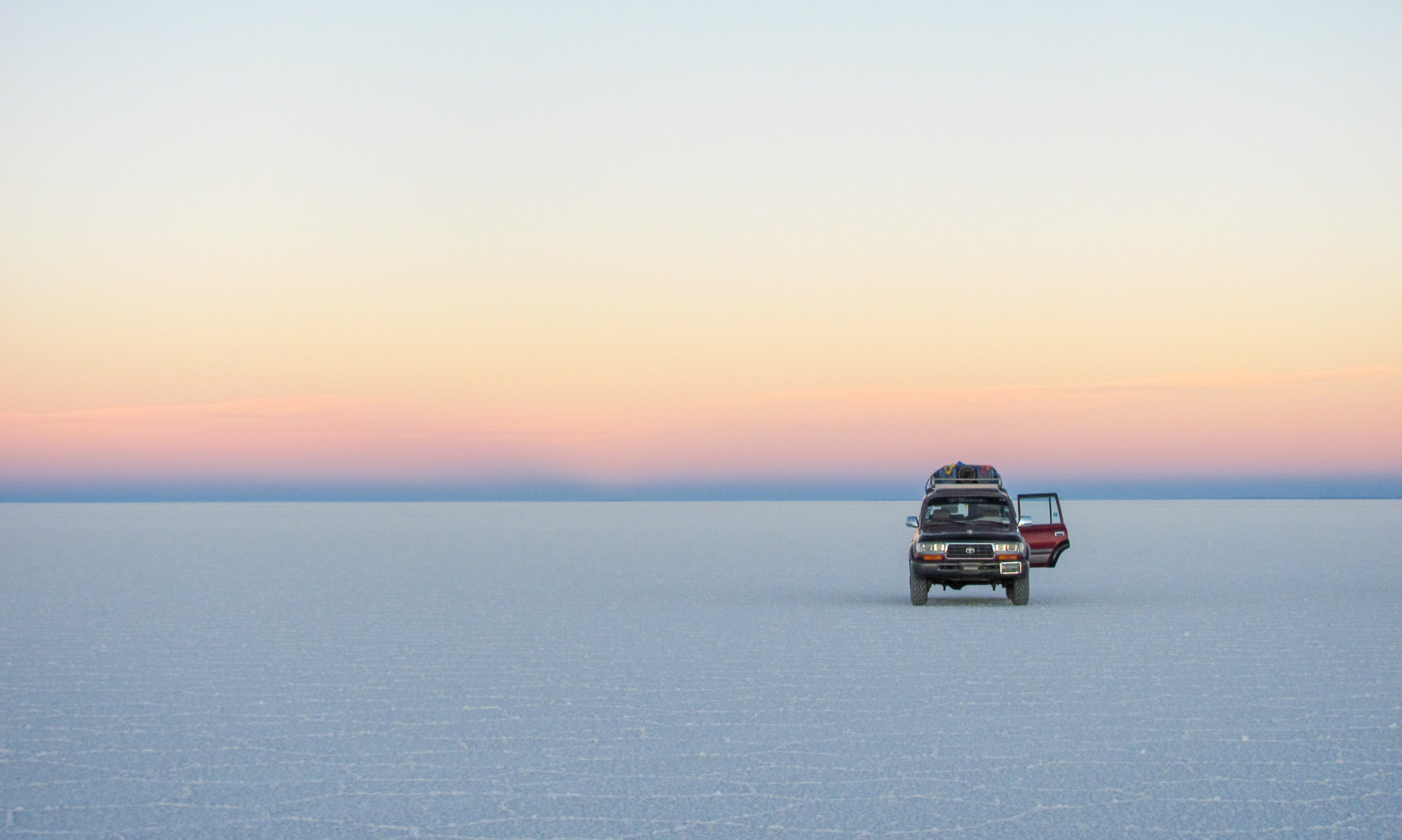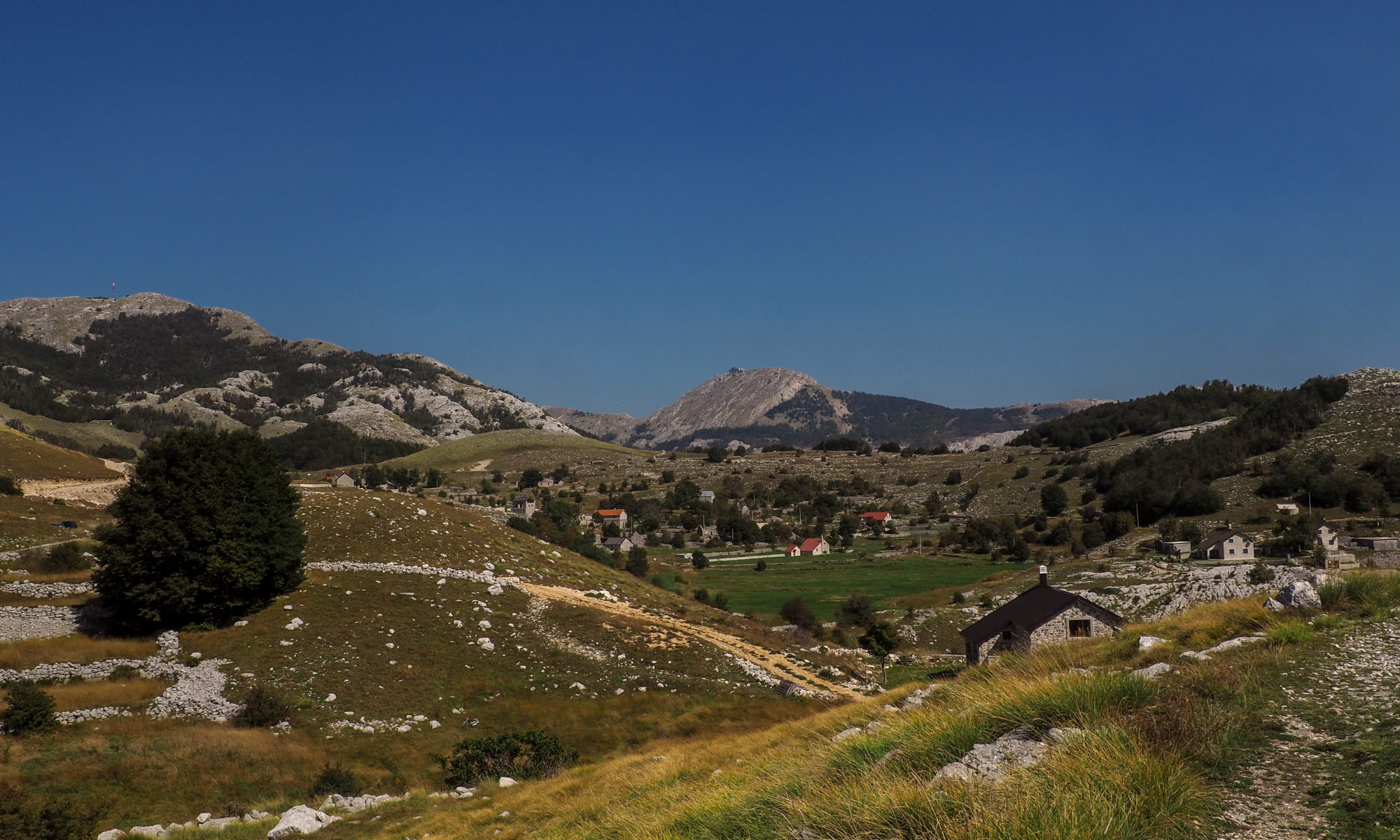Ever tried to see a whole country in a single day trip? Of all the countries hugging the Mediterranean sea, Montenegro is the smallest. The tiny Balkan country, that by beautiful paradox is home to some of the tallest people, stretches only about 200 kilometers in both dimensions. Surely one should be able to visits all highlights in one day? As I planned most of my holiday in Montenegro along the Adriatic coast, I had little time to spare for Montenegro’s inland. To make the best of my time I sought for a local guide that could show me as much of Montenegro’s adventurous side as was possible in one day. I found one in Niko, the first tour guide of Montenegro Eco Adventures. And what a day it was.
– What to do in inland Montenegro –
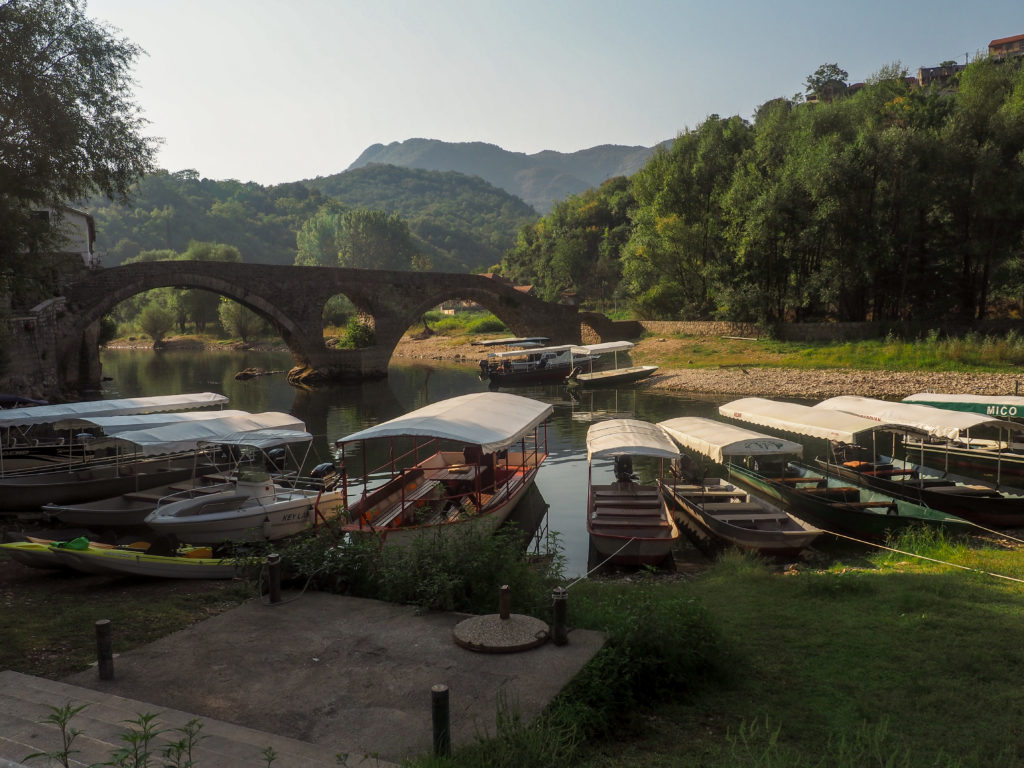
If you think about using this guide as your single source to plan your Montenegro holidays, think again. Montenegro might be tiny, but it has got a lot to offer. Most of the pearls of Montenegro can either be found at the Adriatic coast or in the North of the country. I planned plenty of time to see the coastline, but had no time to visit the North. Because I still wanted to see the countryside I planned a full day to explore all highlights of the inlands. This guide is the result of that day visit. As I carefully planned the day with an expert local guide, I am confident in claiming this is a top-list of things that can be covered in one day. Just keep in mind that you MUST visit the Montenegrin coast as well;).
The Horseshoe bend
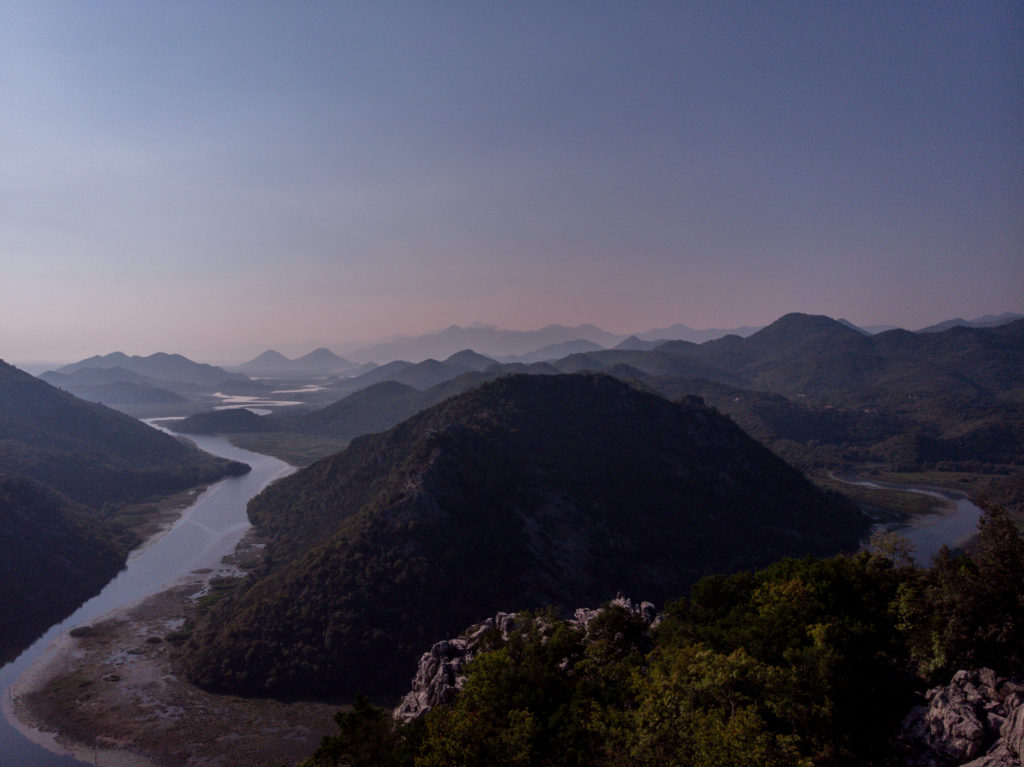
Picturesque as hell and definitely unskippable on any holidays to Montenegro. The viewpoint overlooking the horseshoe bend in the Skadar lake. The horseshoe bend is located at the North Western point of the lake. Its a known breeding ground for lots of endemic bird varieties. Although it is part of a national reserve, there are a few tour operators that offer boat trips on the river. Mostly in whisper-boats with silent electric engines. Apart from a stunning view there isn’t much to do so this one you can combine with basically any other sight. If you have your own wheels, navigate to the Gazivoda Hotel, you have a great view from there.
Pro-tip: for the best view either visit at sunrise (which rises over the lake) or visit late in the afternoon. If you visit right after sunrise you are looking straight into the sunlight which equals shitty photos and can’t be all to good for your retina’s as well.
Lovcen National Park
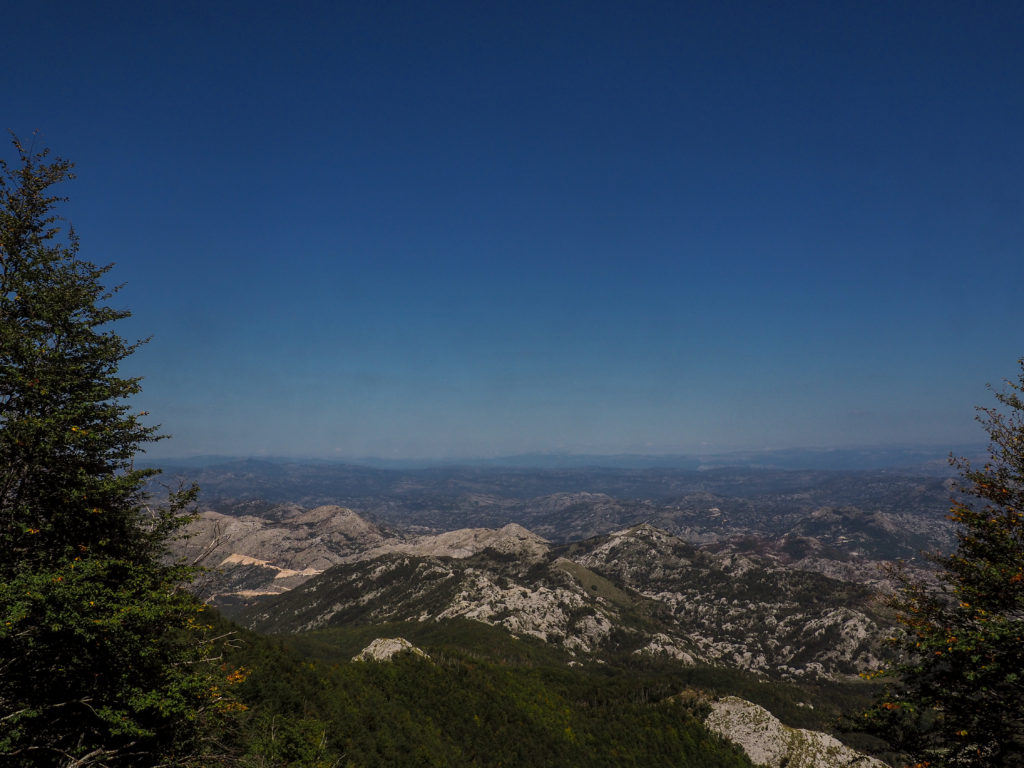
If you want to see Montenegro at its wildest you should head up further North, to Durmitor, but Lovcen National Park is a great place for trekking as well. Lovcen is dubbed ‘the stone sea’. The nickname becomes clear once you oversee the National Park from high up the Lovcen mountain. Endless rocky lands stretch as far as the eyes can see in each direction. The only exception being the South West, where the park meets the Adriatic sea. Even though from high up it looks like a sea of rocks, the hiking trails actually take you deep into the old forests. Occasionally the path opens up and treats you to wide views over the Kotor Bay. On clear days it is said you can even see Italy at the other side of the waters.
Njegos Mausoleum
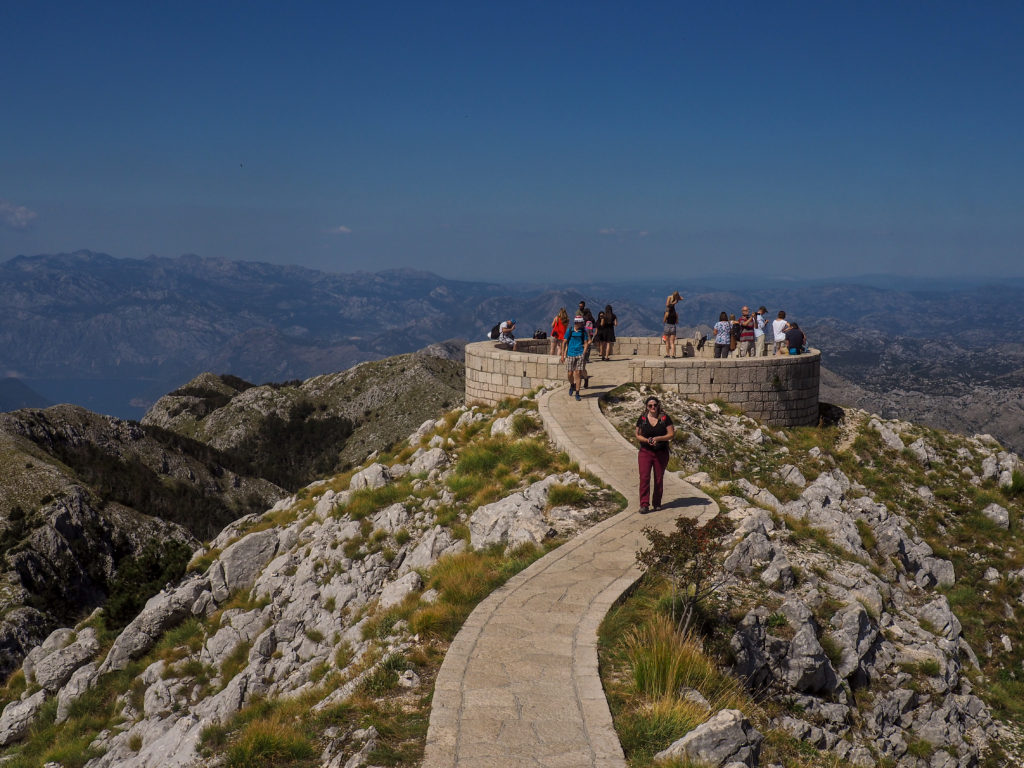
Right at the top of the Lovcen Mountain is Njegos Mausoleum, the last resting place of Petar II Petrović Njegoš, who was prince of Montenegro until he died in 1851. The mausoleum is located on top of the second largest peak of the mountain in the park. This is because Njegos believed that if there would ever be a more righteous prince, there should be a higher peak than that of him to bury him on. I know, a bit melodramatic that one. You can climb all the way up to the Mausoleum on a wide new staircase, but the old road is also still accessible. Although more dangerous it offers spectacular views along the way. Not to forget its way more adventurous.
Visit a local farm
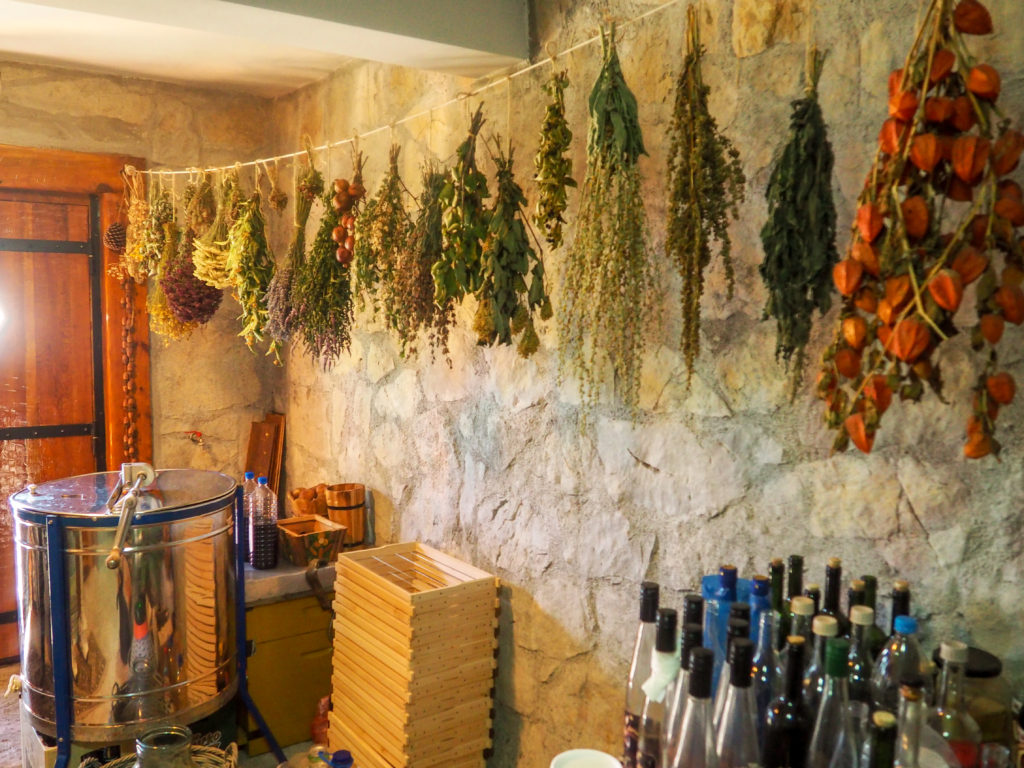
After visiting the horseshoe bend, hiking in Lovcen, and going up to the mausoleum you’ll probably be hungry as hell so its probably wise to go for a bite. Niko took us to a local family that had their own bee farm and this is where it pays off to book a tour rather than to just go solo as it’s hard to find places like this independently. Lunch at a local family gives you a chance to chat -albeit with hands and feet as English is pretty difficult for any Montenegrin above the age of 30 – with some people from the country and get a deeper understanding on the local culture and way of living in the country side. As any other family in Montenegro, this family made their own Rakija. Ofcourse this is mandatory to try on a visit.
– Eating and sleeping recommendations –
Eating
If you undertake this trip with Eco Tours you’ll probably be so stuffed after the local lunch that you’ll be begging for something light for dinner. If you want to have dinner at all. The local inland cuisine is similar to the rest of the Balkans. Its a combination of alpine hearty foods and the fatty meat you’ll find in Greece. The food they serve at the Montenegrin coast shares more similarities with the Italian maritime cuisine and dishes tend to be more refined here. My advise? I would never turn down a well prepared Montenegrin squid-dish.
SleepingK
We found out that Booking.com will consistently give you the best rates on hotels.And in Montenegro, there is no better place to stay than Kotor. To make finding the perfect spot a little easier we made a selection for Kotor. Click the link below to find the best places to stay in this coastal town.
– Practical information –
When
The best time to visit Montenegro is in spring. When the days start to get longer and the weather is warm and sunny. From June to August temperatures soar up to 40 degrees Celsius making a visit less than pleasant. September and early October are ideal times as well. Chance of rainy days increases dramatically towards the end of October.
Budget
Montenegro is a bit more expensive compared to other places in the Balkans, but relatively cheap compared to Croatia or Western Europe. Best value for money in Montenegro can be found in the inland parts and further up North away from the touristy area surrounding Budva and the Kotor Bay.
| Daily Budget | 45 EUR (50 USD) |
| Bakery lunch | EUR 3 ( 3.50 USD) |
| Meal in a restaurant | EUR 17 (19 USD) |
| Dorm | EUR 15 ( 17 USD) |
| Double in a 3-star hotel | EUR 50 (60 USD) |
In & OutA
Getting in, out and around in Montenegro is best done by bus. There are connections to almost any town or city within Montenegro as well as to most major cities in other Balkan states. As the timetables regularly change and busses don’t necessarily run on time its best to book your tickets online or directly at the station. Schedules and tickets can be found here.
Flying into Montenegro leaves you with two options.Tivat airport & Podgorica airport. If you are mostly visiting the coast-region its best to pick Tivat airport. If you want to include Albania in your itinerary, Podgorica airport might be an interesting option as well.
